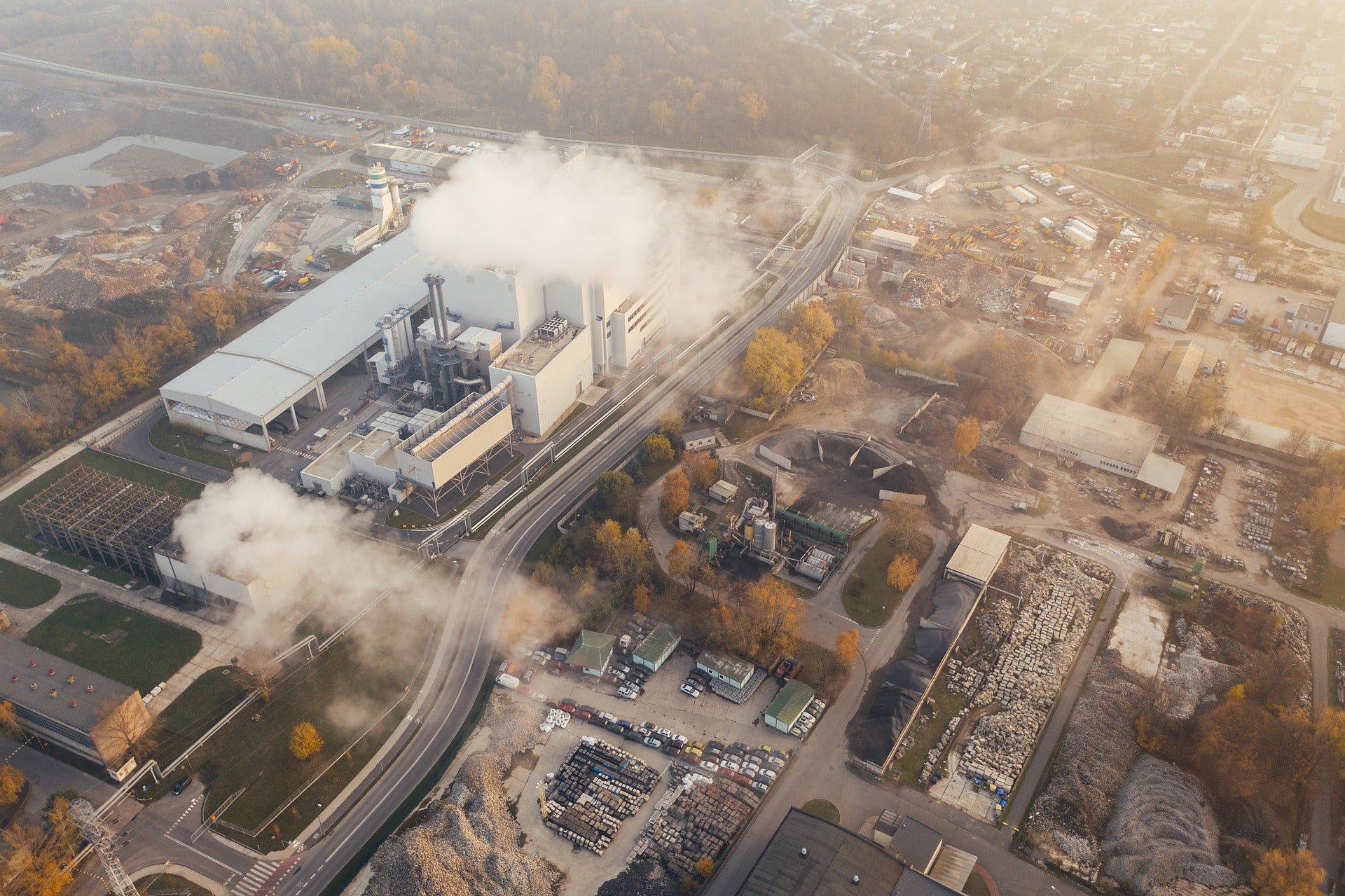
The latest IPCC report unpacks the role of innovation. Here are five key takeaways.
Last week, the International Panel on Climate Change (IPCC), the world’s leading body on climate science, issued another stark warning on the state of the climate crisis. With every fraction of a degree at stake, the world needs to speed up the clean energy revolution as quickly as possible to secure a safer future.
This sixth assessment report lays out a variety of pathways and solutions that can limit global climate warming and stymie the most harmful impacts of the climate crisis. The top takeaway: We need to swiftly and equitably transition to a global clean energy economy through rapid and wide-scale deployment of existing solutions like solar, wind, batteries and heat pumps. For the first time, however, the report also dedicates a chapter to innovation – the process of developing, testing and scaling new climate solutions. In all pathways studied, these new solutions will be important for addressing emissions in sectors where today’s clean energy solutions are not enough.
Here are 5 key takeaways about climate innovation in the IPCC report that policymakers should know.
1. Innovation has already been instrumental to meeting our climate goals. Thanks in large part to government investment in innovation, the costs of solar, wind and batteries have declined significantly, bringing our 2030 climate targets within reach. This is the glimmer of hope from the report: Most of the tools we need are at our fingertips. Now we need to ramp up deployment of these solutions by passing legislation like the major climate and clean energy investment package in Congress, stopping the build-out of new fossil fuel projects, leveraging natural climate solutions, slashing short-lived climate pollutants like methane and more.
At the same time, there is still more to gain by continuing to bring down the cost of technologies and solutions with innovation. Previous efforts have shown us that investment in innovation can both help us meet the climate moment and spur economic growth: a Department of Energy review of public clean energy R&D programs in the U.S. found a return of $33 for every $1 of investment.
2. Pairing “technology-push” policies, such as R&D, with “demand-pull” policies, like government procurement programs and tax credits, will accelerate both innovation and deployment of key solutions. Government spending on innovation programs is powerful and catalytic. Through financial support to scientists and other stakeholders across the research, development, demonstration and early deployment phases, technology-push investments help to direct society’s focus and kickstart new solutions. But inventing new solutions is not enough. We also need to create markets for these new solutions, and policymakers play a critical role in shaping markets to be consistent, transparent and responsive to social and environmental needs.
Solar energy offers a great example of how technology-push and demand-pull policies are both critical for fostering innovation. U.S. government R&D in solar PV throughout the 1970s and 1980s supported key breakthroughs which pushed the technology to become more efficient, while Japan, Germany and China largely generated new market demand for the technology by incentivizing consumers, scaling up manufacturing, and more. Both types of policies are crucial to replicating this success for new technologies.
3. Innovation is critical for both developed and developing nations. Developing countries are bearing the brunt of a warming world, but have contributed the least to historical emissions. Compounding this injustice, these countries often lack access to the technologies and solutions necessary to mitigate and adapt to the worsening climate crisis. Developed countries have a responsibility to alleviate this burden by accelerating public and private financial flows, including meeting their collective goal to mobilize $100 billion per year by 2020 for developing countries. As the IPCC points out, bolstering this climate finance, along with partnerships that support technology transfer and joint R&D, can strengthen developing nations’ ability to deploy today’s solutions and foster innovation within their countries. In addition to fostering global equity, these actions will increase the likelihood that the entire world develops and scales new climate solutions at the level and pace needed.
4. Drawing down carbon pollution from the atmosphere will be an important strategy for achieving a stable climate – but we should be careful not to rely on CDR too heavily. Even with ambitious mitigation efforts today, carbon dioxide removal (CDR) will likely be a critical tool for counterbalancing historical emissions, as well as residual emissions from hard-to-abate sectors like agriculture, aviation and heavy industry. We must invest in innovation now to ensure the responsible deployment of billions of tons of CDR – the amount that all IPCC scenarios call for within the next three decades and much more than is commercially available today. But critically, CDR should not be deployed in a way that extends the lifetime of polluting industries that do have clean energy solutions available now. Programs like the direct air capture hubs in the Bipartisan Infrastructure Law and the Department of Energy’s Earthshot on carbon removal are a good start, but even more ambition across the public and private sector is needed.
Still, the more aggressive our efforts to equitably slash climate pollution are today, the less we’ll need to rely on CDR solutions to meet our targets. Minimizing our reliance on CDR also minimizes the potential risks these solutions could bring when they are deployed. Specifically, the IPCC report cautions on avoiding scenarios where we overshoot the 1.5°C target and then rely on CDR to draw down carbon pollution to safer levels. In these scenarios, irreversible damage will still be done because climate impacts are driven by the cumulative build-up of pollution. And associated air pollution from burning fossil fuels will also continue to pose major health, economic and environmental risks to communities, especially vulnerable and marginalized communities who bear the brunt of environmental harms..
5. When it comes to CDR, policymakers should support a variety of approaches instead of latching on to a single solution. While many approaches are promising or proven at smaller scales, almost all of them are in early stages and face a variety of technical, economic and social challenges to deployment at scale. Moreover, different contexts will call for different solutions, depending on factors like energy availability, carbon storage potential and local community needs. As we swiftly ramp up overall investment in CDR, we need to support RDD&D for a diverse range of land-based, ocean-based, and engineered CDR solutions to see what ultimately works best and in which context.
At the same time, policymakers should start long-term infrastructure planning in partnership with communities to accommodate these solutions and ensure they are deployed safely and fairly. For example, we will need to locate and secure safe and permanent, underground geologic storage for captured carbon. With the right mix of solutions, and the policies to ensure their responsible and equitable deployment, CDR can contribute to our net-zero goal while minimizing adverse impacts and spurring new economic opportunities and job creation in communities.
Though the window for the most impactful action is shrinking, there is still time to secure a stable climate that fends off the worst impacts on communities, economies and ecosystems. This IPCC report should be treated like a vital guide for policymakers, charting the path for how we can rapidly deploy today’s solutions while investing in innovation to support emerging ones.
Learn more about EDF’s work to drive U.S. climate innovation.













One Comment
What are your opinion on 5G and other microwaves that communication satellites use, and how do they impact climate change?
Is the Starlink constellation exempt from this investigation of what is contributing to climate change because it is owned by someone popular?
Just my opinion but I feel microwave are a major part of climate change and should have limits set.